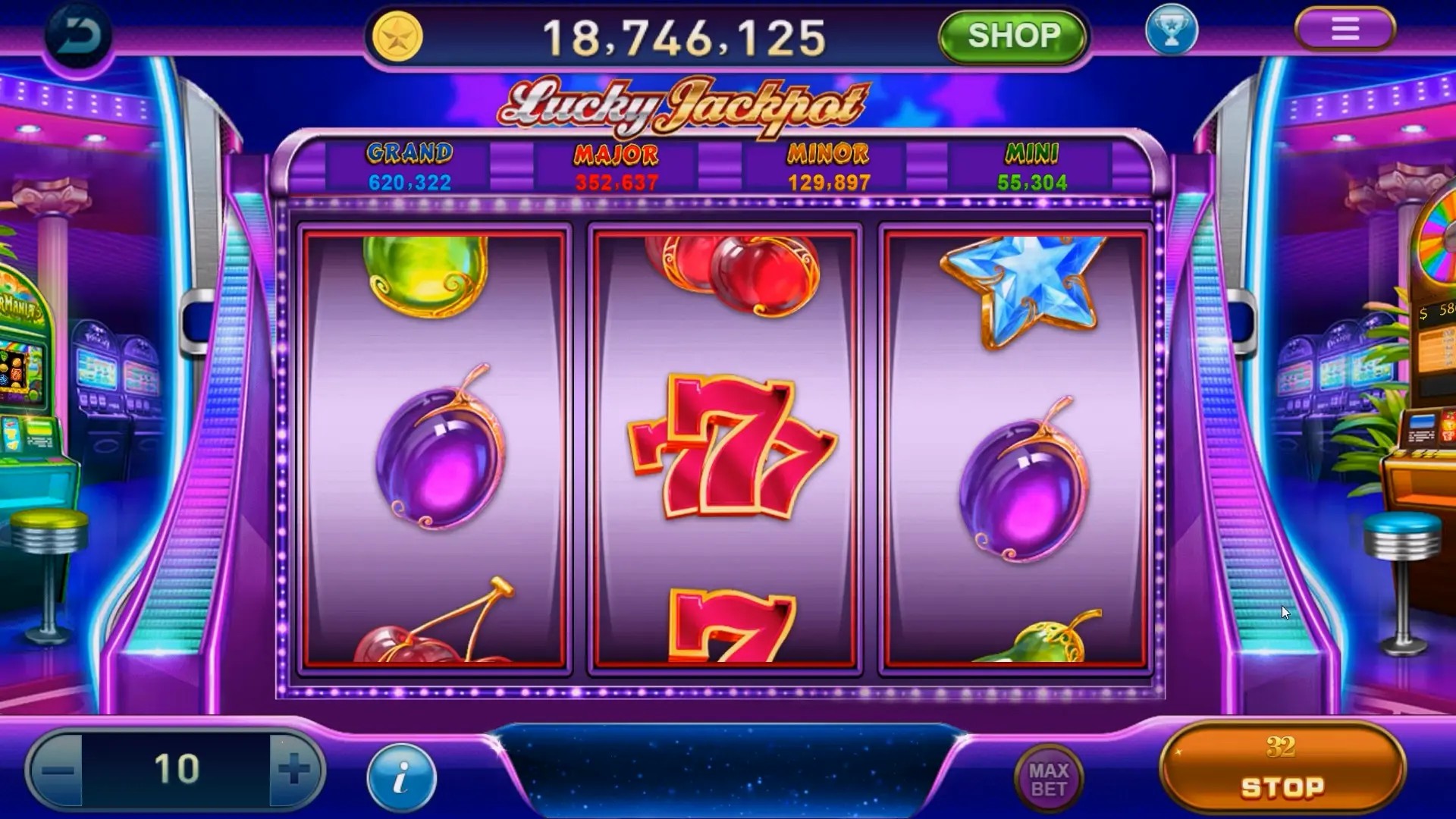The Rise of Hyper Casual Games: Why They're Taking the Gaming World by Storm
In the rapidly evolving landscape of gaming, one genre has managed to grab the attention of players around the globe: hyper casual games. These games, known for their simple mechanics and addictive gameplay, have surged in popularity, turning them into a significant phenomenon in the gaming world. So, what is it about hyper casual games that is captivating so many players? Let’s take a deep dive into this intriguing world.
What Are Hyper Casual Games?
Hyper casual games are a specific genre that is characterized by their minimalistic design and uncomplicated gameplay. They often require little to no tutorials, allowing new players to jump right in. Examples include games like “Helix Jump" and “Flappy Bird." The beauty of hyper casual games lies in their accessibility – anyone can pick them up and play, regardless of their gaming experience.
The Evolution of Gaming
To understand the rise of hyper casual games, we need to look at the evolution of gaming. Once dominated by console and PC games, the gaming industry has shifted significantly towards mobile platforms. With smartphones in nearly everyone’s hands, mobile gaming has exploded, providing a platform for new genres to emerge.
Why Hyper Casual Games Are So Popular
Here are some key points that illustrate why hyper casual games have taken off:
- Easy Accessibility - Anyone can play these games without a steep learning curve.
- Short Sessions - Ideal for quick breaks, they allow players to enjoy quick rounds.
- Free to Play - Many hyper casual games are free, making them appealing to a larger audience.
- Viral Potential - Their simple mechanics often lead to viral trends on social media.
The Role of Technology
The advancement of technology, particularly smartphones, has played a crucial role in the rise of hyper casual games. With powerful hardware and user-friendly interfaces, players can enjoy high-quality graphics and smooth gameplay on their devices.
Different Types of Hyper Casual Games
Hyper casual games come in various forms. Here’s a table showing some popular types:
| Game Type | Description |
|---|---|
| Single Tap | Games that require only a single tap to control actions. |
| Obstacle Avoidance | Players navigate through obstacles by swiping or tapping. |
| Puzzle-based | Simple puzzles that require logic and fun. |
| Endless Runners | Players run indefinitely until they hit an obstacle. |
Target Audience: Who's Playing?
Hyper casual games cater to a broad audience. From young children to busy adults, anyone looking for a quick escape from reality can enjoy these games. Their universal appeal is one reason behind their monumental success. Interestingly, a larger proportion of gamers engaging with these games might not identify themselves as gamers.
Monetization Strategies
Despite being free to download, hyper casual games have effective monetization strategies. Many rely on ad revenues, earning from players watching video ads or engaging with banner ads. Some games offer optional in-game purchases, but often, the core experience remains free.
The Future of Hyper Casual Games
As the gaming industry continues to grow, hyper casual games are likely to evolve. Developers may begin to experiment with more complex mechanics, while still maintaining the core attributes that attracted players in the first place. Innovative blending with different genres could also emerge.
Hyper Casual vs. Traditional Games
While traditional games often require time and dedication, hyper casual games thrive on short bursts of engagement. Here's a comparison between the two:
| Feature | Hyper Casual Games | Traditional Games |
|---|---|---|
| Gameplay Duration | Short sessions | Longer gameplay |
| Learning Curve | Minimal | Steeper |
| Audience | Casual players | Dedicated gamers |
| Monetization | Ads | In-app purchases/DLCs |
Impact on Game Development
The success of hyper casual games has influenced game development trends significantly. More developers are focusing on creating games that fit the hyper casual model, tweaking traditional mechanics to appeal to a broader audience. This trend signifies a shift in market dynamics, redefining how games are made and consumed.
Key Takeaways
Taking a step back, it's evident that hyper casual games have changed the way we think about gaming. Here are some key takeaways:
- Hyper casual games prioritize simplicity and accessibility.
- They cater to a diverse audience, making gaming more inclusive.
- Monetization primarily relies on ad revenues rather than in-game purchases.
- Technology advancements are integral to their growth.
Conclusion
Hyper casual games have truly transformed the gaming landscape, allowing rapid engagement and accessibility for all types of players. Their explosive growth encapsulates a cultural shift in how we perceive gaming—revealing that gaming can be enjoyed in short, delightful bursts. As technology advances, it will be fascinating to see how hyper casual games evolve to suit player preferences while retaining the essence that makes them immensely popular today.



